Tech news stories
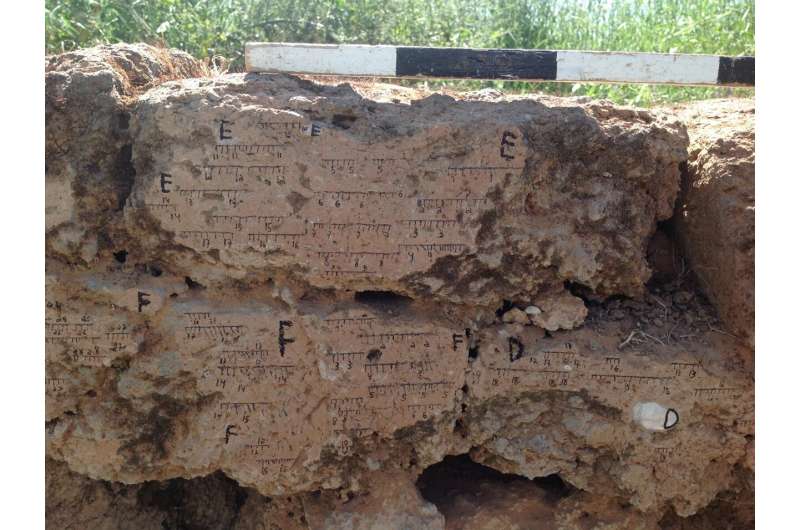
A joint study by TAU and the Hebrew University, involving 20 researchers from different countries and disciplines, has accurately dated 21 destruction layers at 17 archaeological sites in Israel by reconstructing the direction and/or intensity of the earth’s magnetic field recorded in burnt remnants.
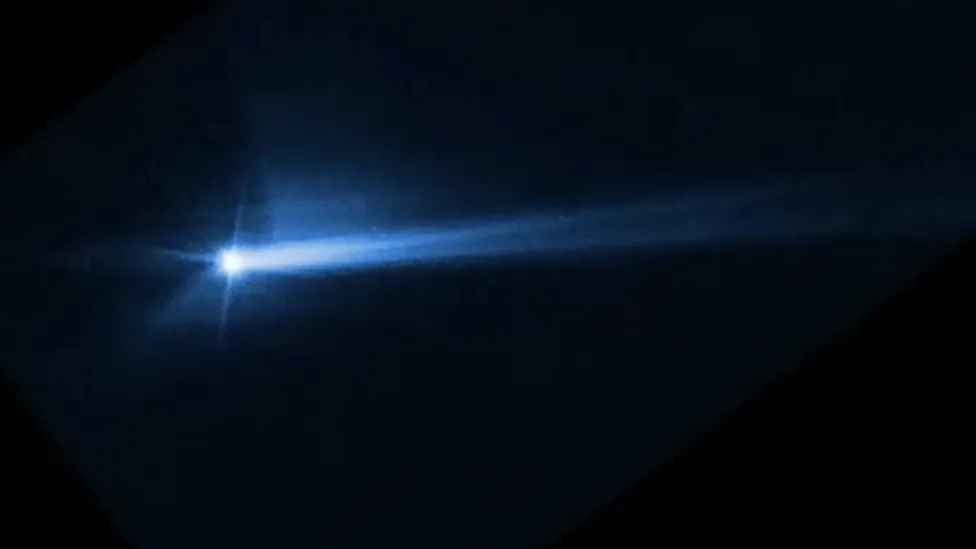
The American space agency says its recent attempt to deflect the path of an asteroid was successful. Scientists have now confirmed the orbit of a 160m-wide (520ft) space rock known as Dimorphos was altered when the Dart probe struck it head on last month.
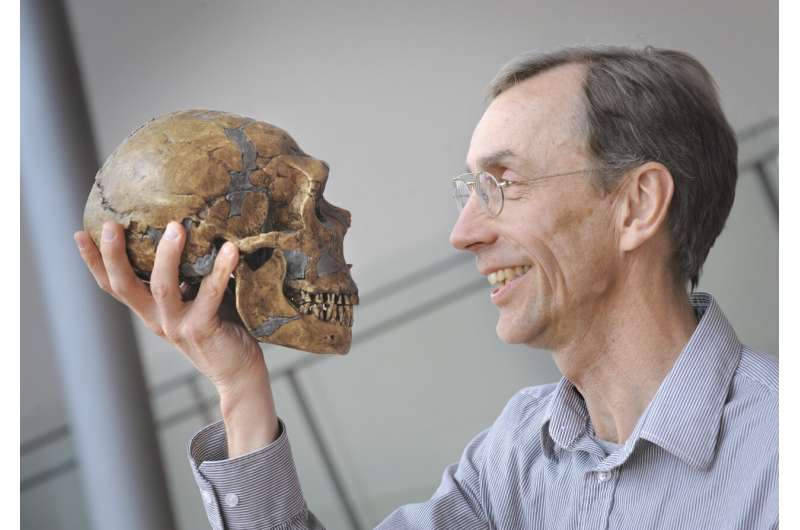
Paabo spearheaded the development of new techniques that allowed researchers to compare the genome of modern humans and that of other hominins—the Neanderthals and Denisovans.
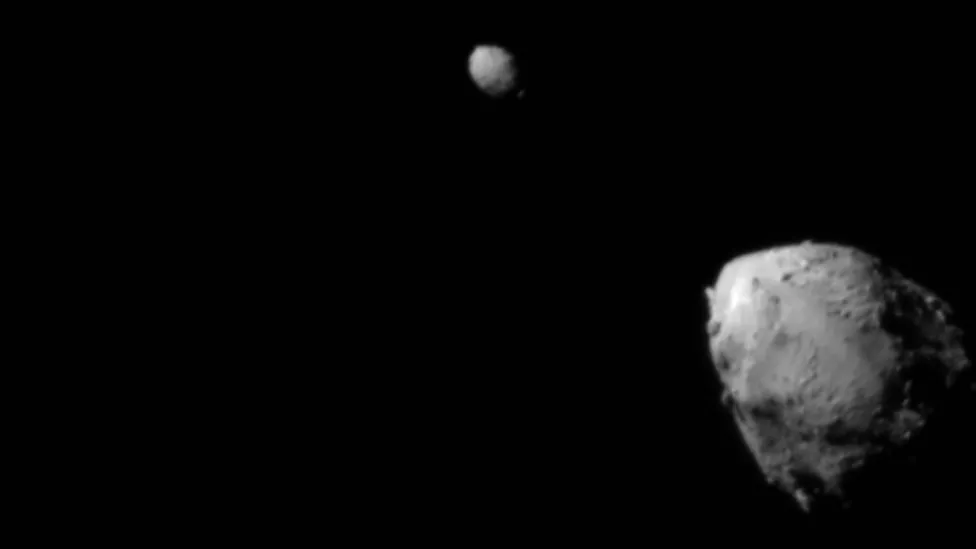
The American space agency’s Dart probe has smashed into an asteroid, destroying itself in the process. The collision was intentional and designed to test whether space rocks that might threaten Earth could be nudged safely out of the way.

The findings are in the latest research to be published from analysis of 5.4 grammes of stones and dust that the Hayabusa-2 probe gathered from the asteroid Ryugu.
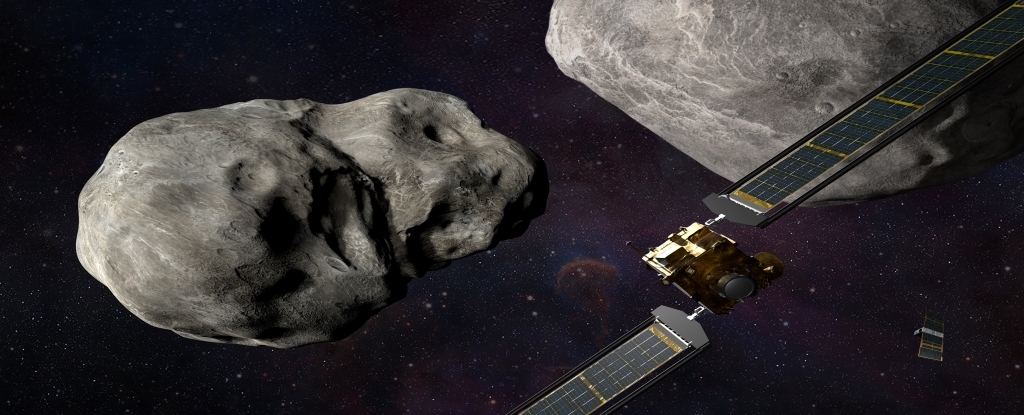
On September 26 at 11.15 pm UTC, NASA’s DART mission (Double Asteroid Redirection Test) will be the first to deliberately and measurably change the motion of a significant body in our Solar System.

The recently launched super space telescope James Webb has returned spectacular new imagery of Neptune.

New techniques allowed researchers to analyze ancient DNA for the first time. The data they unearthed helps describe the genomic history of the area and reveals population movements from as far back as 10,000 years ago. It contains some big surprises regarding theories for the origin of languages.
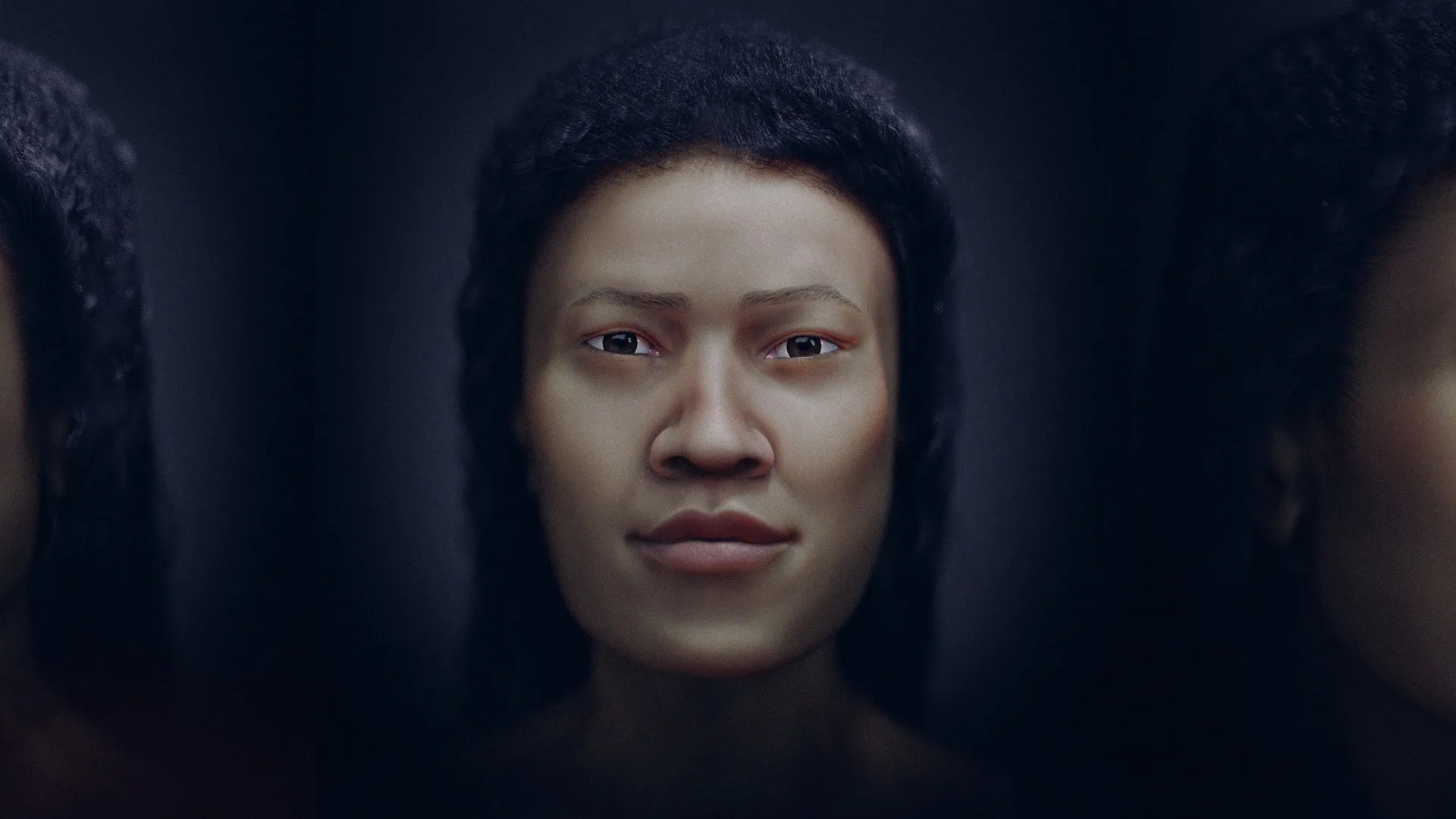
You can view the virtually reconstructed face of a woman who lived about 5,700 years ago in what is now Malaysia, now that researchers have put a face to a person whose full identity remains a mystery.
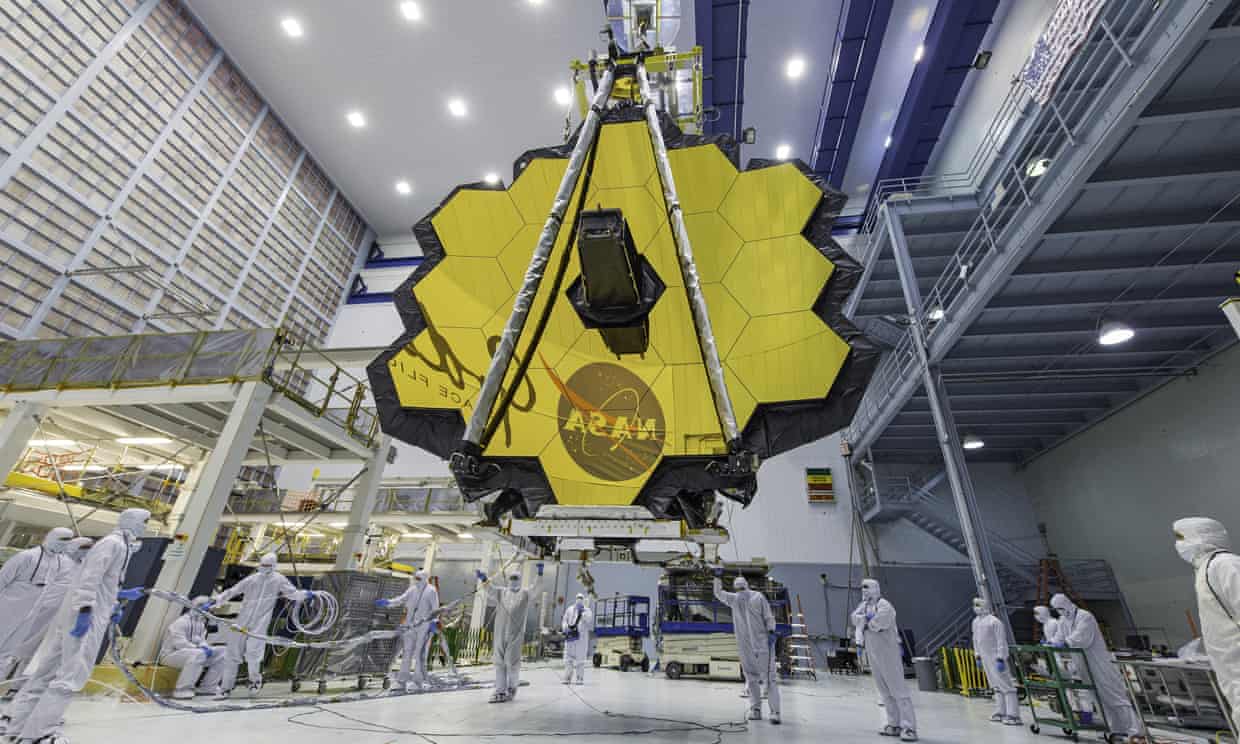
The world’s most powerful telescope has made its first observations of a planet beyond our solar system, heralding a new era of astronomy in which distant worlds can be scanned for signs of life.

It isn’t alive, and has no structures even approaching the complexity of the brain, but a compound called vanadium dioxide is capable of ‘remembering’ previous external stimuli, researchers have found.
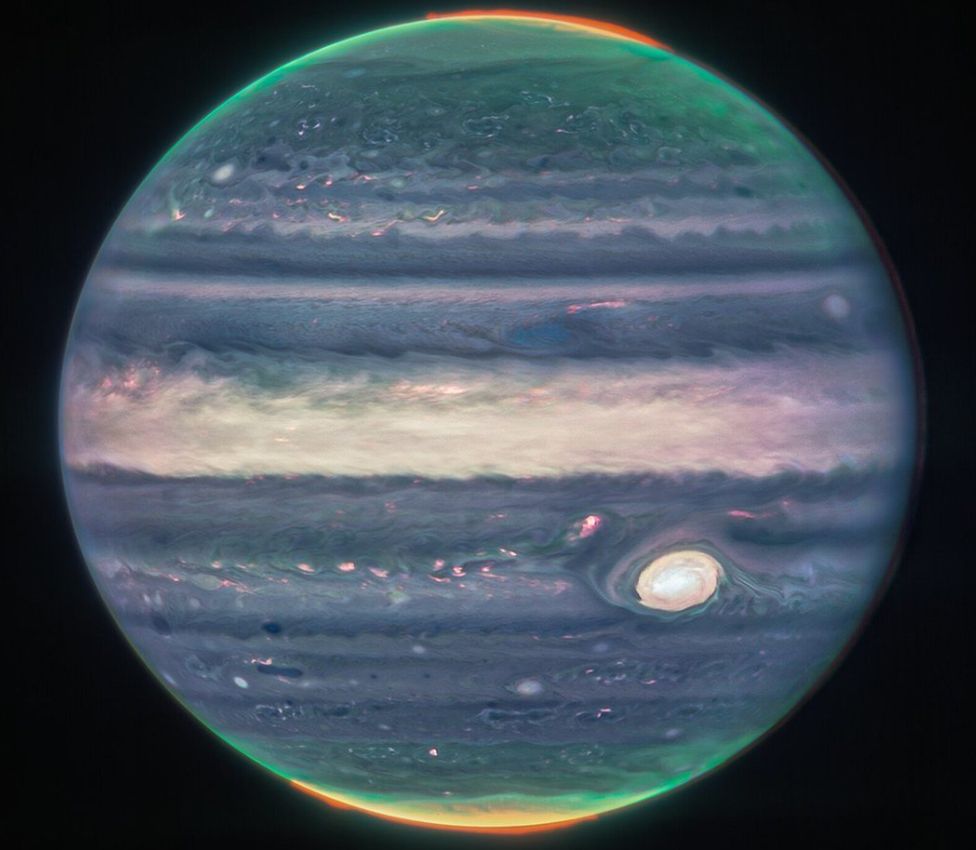
The world’s largest and most powerful space telescope has revealed unprecedented views of Jupiter.

A new study of a meteorite that landed on Earth reveals how this asteroid activity occurs. Small collisions can dislodge the pebbles, which shoot off the asteroid but fall back, drawn in by the space rock’s gravitational pull.
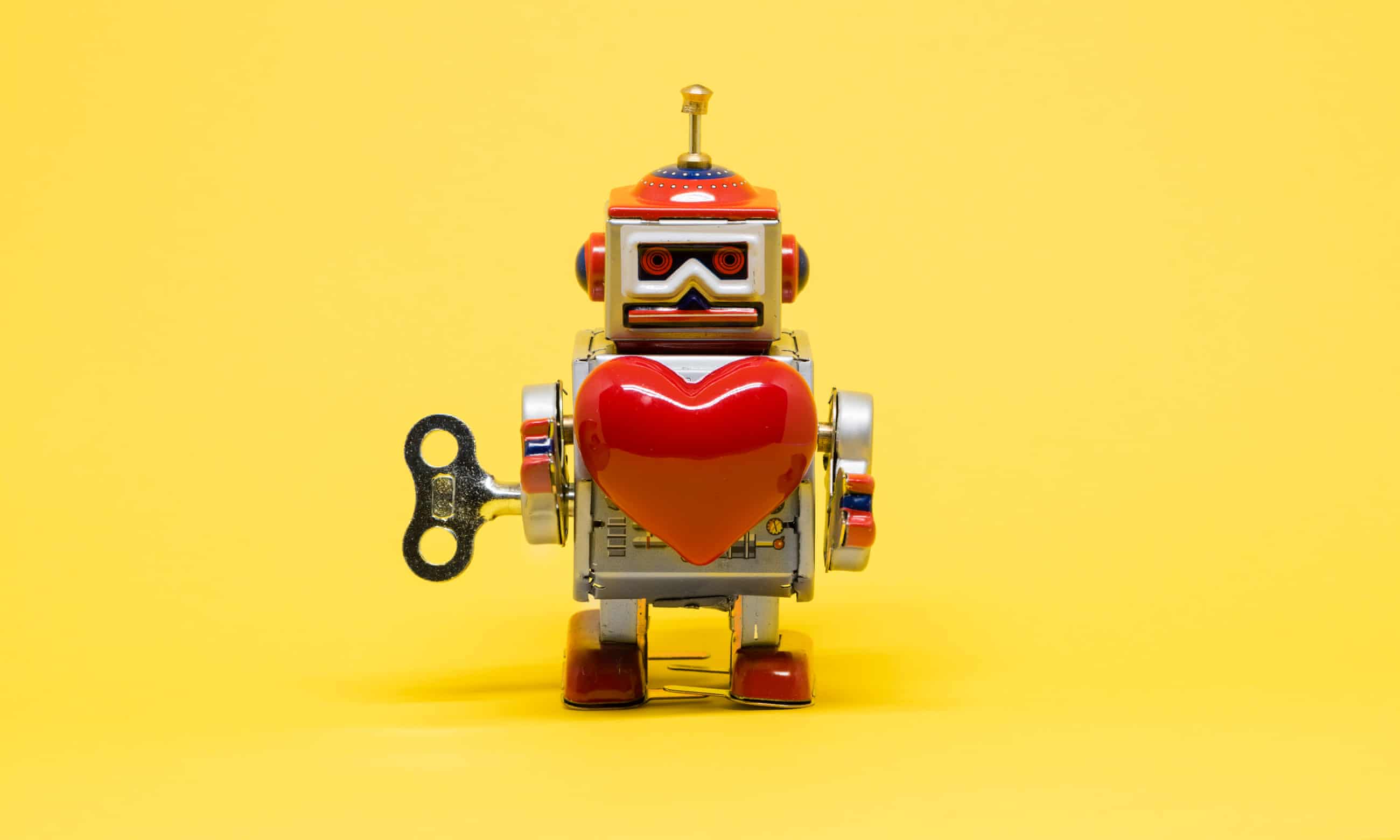
Controversy over Google’s AI program is raising questions about just how powerful it is. Is it even safe?
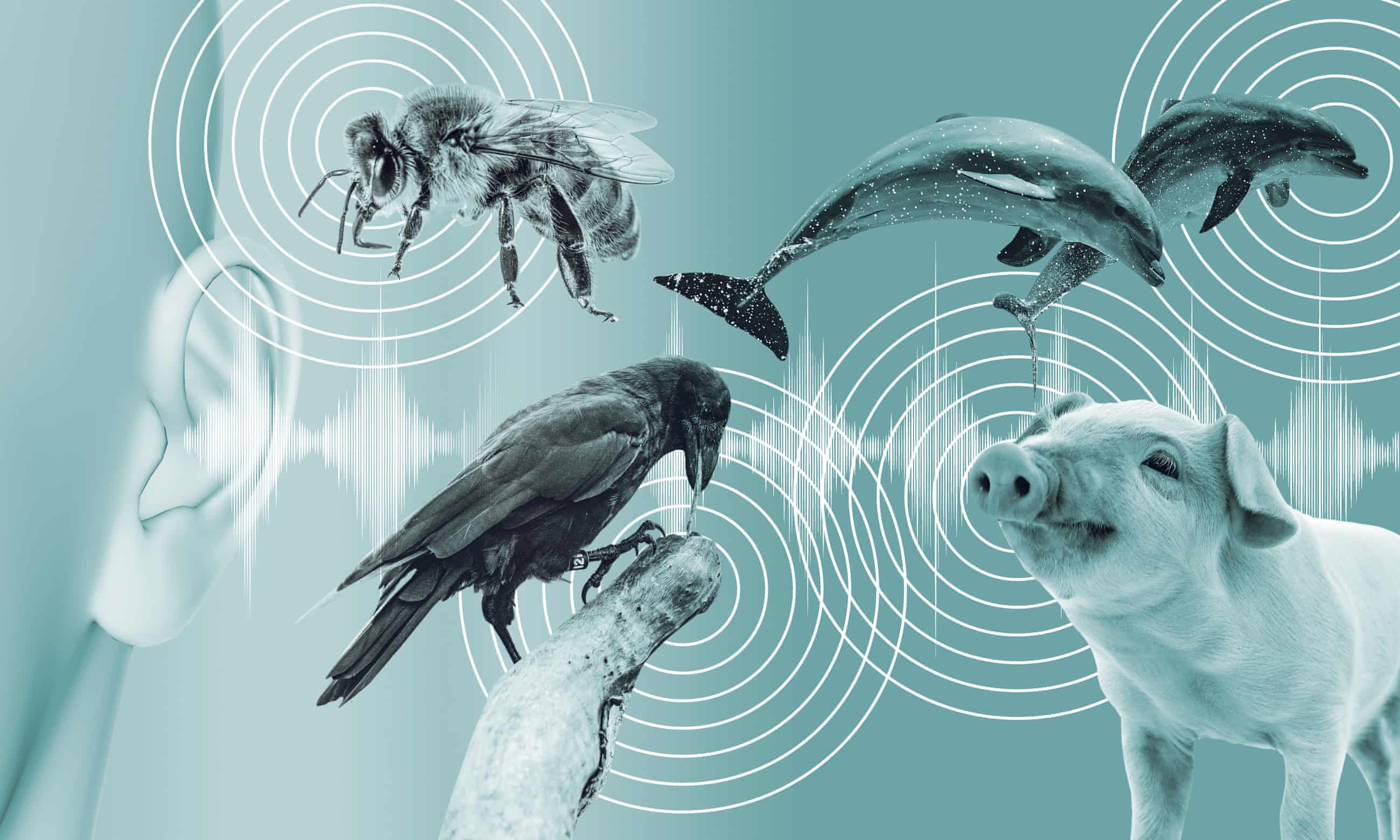
A California-based organisation wants to harness the power of machine learning to decode communication across the entire animal kingdom. But the project has its doubters

Scientists have supercharged one of Earth’s most powerful telescopes with new technology that will reveal how our galaxy formed in unprecedented detail.








